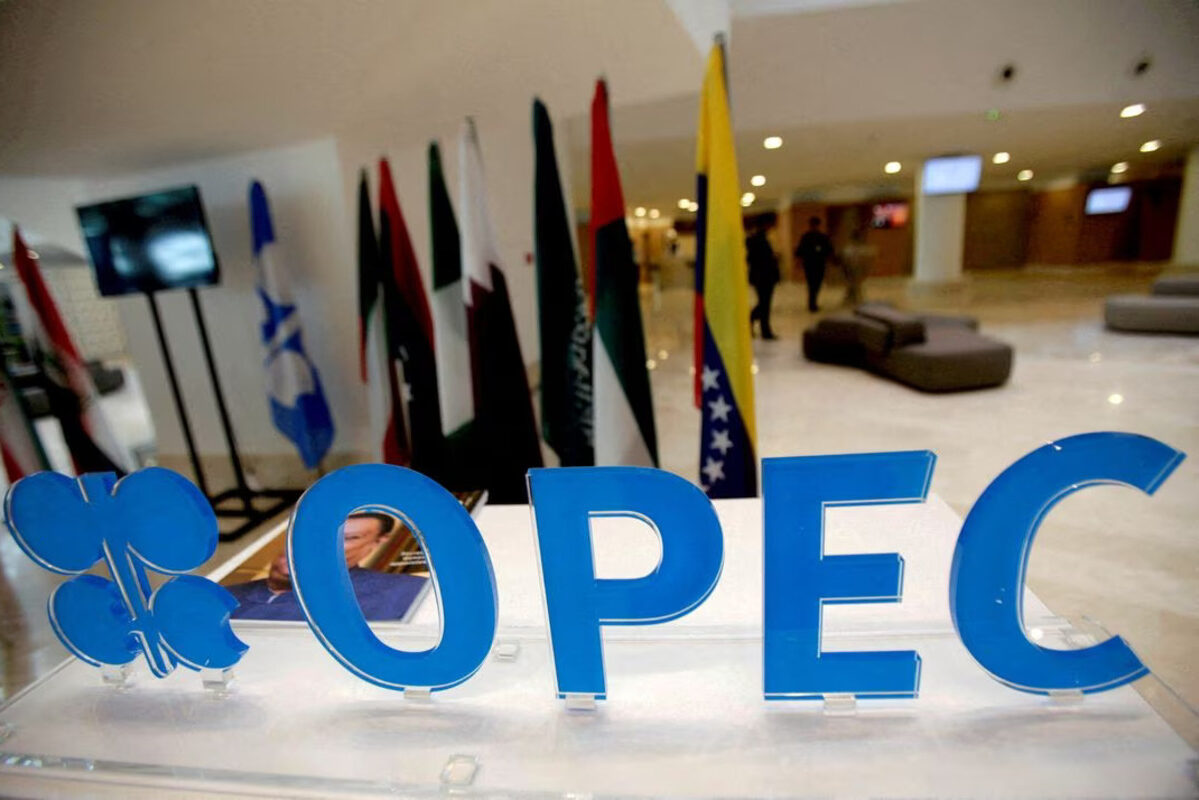According to a recent report by the International Energy Agency (IEA), the oil market is set to experience a significant tightening in the fourth quarter of this year due to the ongoing output cuts by OPEC+. Saudi Arabia and Russia have extended their oil production cuts until the end of 2023, resulting in a substantial market deficit during this period. The IEA’s estimates for global oil demand growth for this year and the next remain largely unchanged.
Since 2022, OPEC and its allies, collectively known as OPEC+, have been implementing supply limitations to support the market. Despite these efforts, the increase in oil supplies from non-OPEC+ producers, including the United States, Brazil, and Iran, have offset the production cuts of more than 2.5 million barrels per day by OPEC+ members since the beginning of 2023.
Read more: Saudi, Russia, extend voluntary oil production cuts in August
However, starting from September, the reduction in OPEC+ production will lead to a significant supply shortfall in the fourth quarter, according to the IEA’s monthly oil report. The agency also warns that if there are no production cuts at the beginning of next year, the balance could shift towards a surplus, potentially leading to uncomfortably low stock levels and increased volatility in the fragile economic environment.
Resilient demand
The report highlights China as a key factor influencing the oil market. While broader economic concerns and high interest rates in the United States have raised uncertainties, China’s oil demand remains remarkably resilient despite its economic downturn. Any sudden weakening of China’s industrial activity and oil demand could have global repercussions, presenting challenges for emerging markets in Asia, Africa, and Latin America.
Different forecasters have varying estimates for global oil demand and supply in the coming years. The IEA and OPEC are optimistic about Chinese demand in 2023, while their projections for global demand in 2024 differ significantly. The U.S. government’s Energy Information Administration also provides its own forecasts, adding to the complexity of oil market forecasting.
Significant increase
According to the report, the global oil production experienced a significant increase in August, rising by approximately 27 percent or 280,000 barrels per day (bpd).
The output of the Organization of the Petroleum Exporting Countries reached 33.52 million bpd in August, recording a 120,000 bpd increase compared to the previous month.
On the non-OPEC side, oil production amounted to 67.97 million bpd in August, showing a growth of 170,000 bpd from July.
Brent crude forecast
Bank of America Global Research predicts that Brent crude prices could surpass $100 per barrel by the end of the year due to OPEC+ maintaining supply cuts and strong demand in Asia. Currently, benchmark Brent futures are trading around $92.38 per barrel, while U.S. West Texas Intermediate (WTI) crude is priced at $89.05. Asia, particularly China, is leading global energy demand growth, and China has been increasing its oil reserves to meet its import needs.
For more news on energy, click here.




